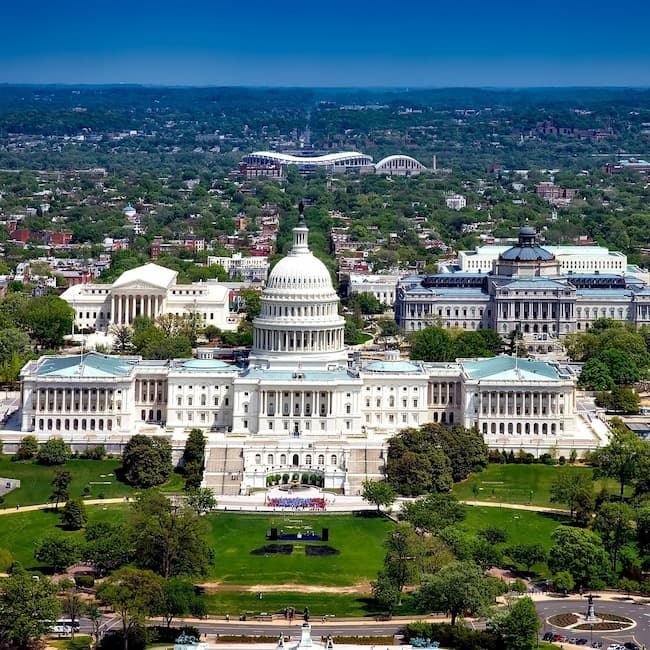Banking Crisis
FDIC, Fed Suggest Steps To Prevent Bank Collapses – Media

Regulators and policymakers have called for more measures to try and prevent a repeat of the collapse of lenders such as Silicon Valley Bank. The saga has raised political hackles, with some arguing that post-GFC crisis legislation has been unwisely watered down, and others saying that SVB neglected basic risk management practice.
Senior US banking and policymaking officials have flagged a major
change to bank regulations as they digest the impact of the
collapse of Silicon Valley
Bank, reports said.
“I anticipate the need to strengthen capital and liquidity
standards” for banks with assets larger than $100 billion,
Federal Reserve vice chair for supervision, Michael Barr, was
quoted saying (source: Bloomberg, March 28) in answering
questions at a Senate Banking Committee hearing.
Federal Deposit Insurance Corp. chairman Martin Gruenberg said,
in his testimony to the panel, that the failures of SVB, and
Signature Bank “demonstrate the implications that banks with
assets of $100 billion or more can have for financial stability.
The prudential regulation of these institutions merits additional
attention, particularly with respect to capital, liquidity and
interest-rate risk.”
Reports noted that fresh regulatory proposals, once formally
presented, are set to meet concerted Republican
opposition.
One controversy is whether moves by the Biden administration to
backstop all depositors in SVB –
now owned by First Citizens Bank – had created a “moral
hazard” risk of precisely the kind that post-2008 reforms had
been supposed to prevent. One line of criticism is that the
Dodd-Frank financial reforms of 2010, although eased in some
respects by the Trump administration, remain so complex and
burdensome that they paradoxically obscure rather than bring
problems to light. Another question is enforcement of rules,
rather than the nature of rules themselves. For example, one
issue that has drawn regulators’ attention is how, from April
2022 to the start of this year, SVB did not replace its outgoing
chief risk officer.
Barr and Gruenberg in their testimonies outlined steps such as
widening the scope of US Federal Reserve stress tests to uncover
financial contagion risks; the Fed will propose “a long-term debt
requirement” for big banks that aren’t designated as global
systemically important; authorities will also look at rules on
liquidity to make the system more resilient.
Among the details of the SVB collapse is how there appears to
have been a mismatch in the assets and liabilities of the bank –
and a situation that was exposed when the value of long-dated
debt securities were hit by rising rates, forcing SVB to try and
plug a gap in its capital.